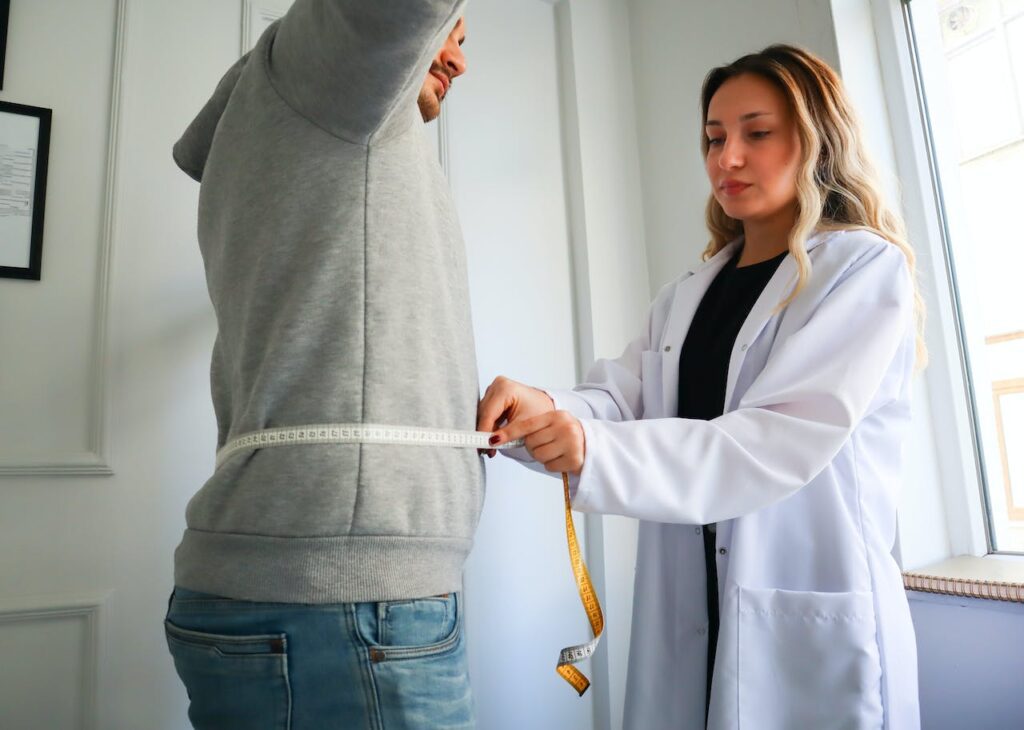Most likely, if you’re reading this, you love food.
A lot, we assume.
However, the constant push to eat unhealthy meals is one of the most difficult challenges we face every day.
You can find food commercials and products with a long list of ingredients anywhere. We are eventually obliged to give in and accept an unfavorable fate after receiving enough relentless bombardment. Or do we?
Mindset is Everything
Common concepts can be reframed in a powerful way to alter your mentality and, more significantly, your way of life. For this, visualization is a fantastic tool.
You obtain new insights you would never have considered if you approach nutrition from an entirely different perspective. These realizations start dismantling mental blocks and help us get past the perpetual “you vs. you” mentality that many of us experience daily.
Using Visualization To Reduce Cravings
In the first experiment, which was carried out at Carnegie Mellon University in Pittsburgh, participants were divided into two groups and asked to imagine either consuming 30 M&M candies or only three.
The outcome?
According to research author Carey Morewedge, an assistant professor at Carnegie Mellon, those who imagined eating 30 M&M candies ate significantly fewer than those who imagined eating just three.
According to Morewedge, denying yourself specific meals (like cookies and chips) is a bad idea because it seems to do nothing but increase your desire. Alternatively, she claims that “repeated imagined ingestion decreases people’s hunger and willingness to consume the meal.”
Visualization Facilitates Healthier Eating
One hundred seventy-seven students from McGill University in Montreal were asked to establish a goal for themselves to eat more fruits for one week as part of a different study. All of them were successful in increasing their fruit intake. Still, visualization users consumed twice as much fruit as non-users, according to research author Barbel Knauper, an associate professor at McGill University.
According to other studies, coming up with a specific plan to consume healthier foods—such as developing a grocery list and then planning where to shop—can be pretty successful, says Knauper. In this study, however, the students not only created detailed plans but also imagined themselves carrying them out. For instance, Knauper claims they believed they would take a bunch of grapes out of the fridge each time they opened it.
How To Eat Healthy Using Visualization
- Create a thorough, unique plan and put it in writing. As an illustration, you might say, “When I’m at the store, I’ll pick up some carrots and hummus to have as a nutritious snack,” or “When I stop at McDonald’s, I’ll grab a salad.”
- Visualize yourself executing the plan. Try to see this as clearly as you can. Think through the details, including the time of day, the location of the store where you’ll buy the nutritious food, and the preparation method.
- Consider consuming just one serving at a time. According to Morewedge, visualizing yourself eating carrot sticks won’t work if you have a craving for chocolate, potato chips, or any other junk food. Imagine yourself consuming your treat in individual portions. When presented with the real thing, it will enable you to consume less.
Final Thoughts
Your capacity to break free from emotional eating patterns that undermine your efforts to lose weight and get in shape gives this visualization exercise its potency. We are confident that you will experience the beautiful advantages of eating healthy once you begin using visualization.




Leave a Reply
You must be logged in to post a comment.